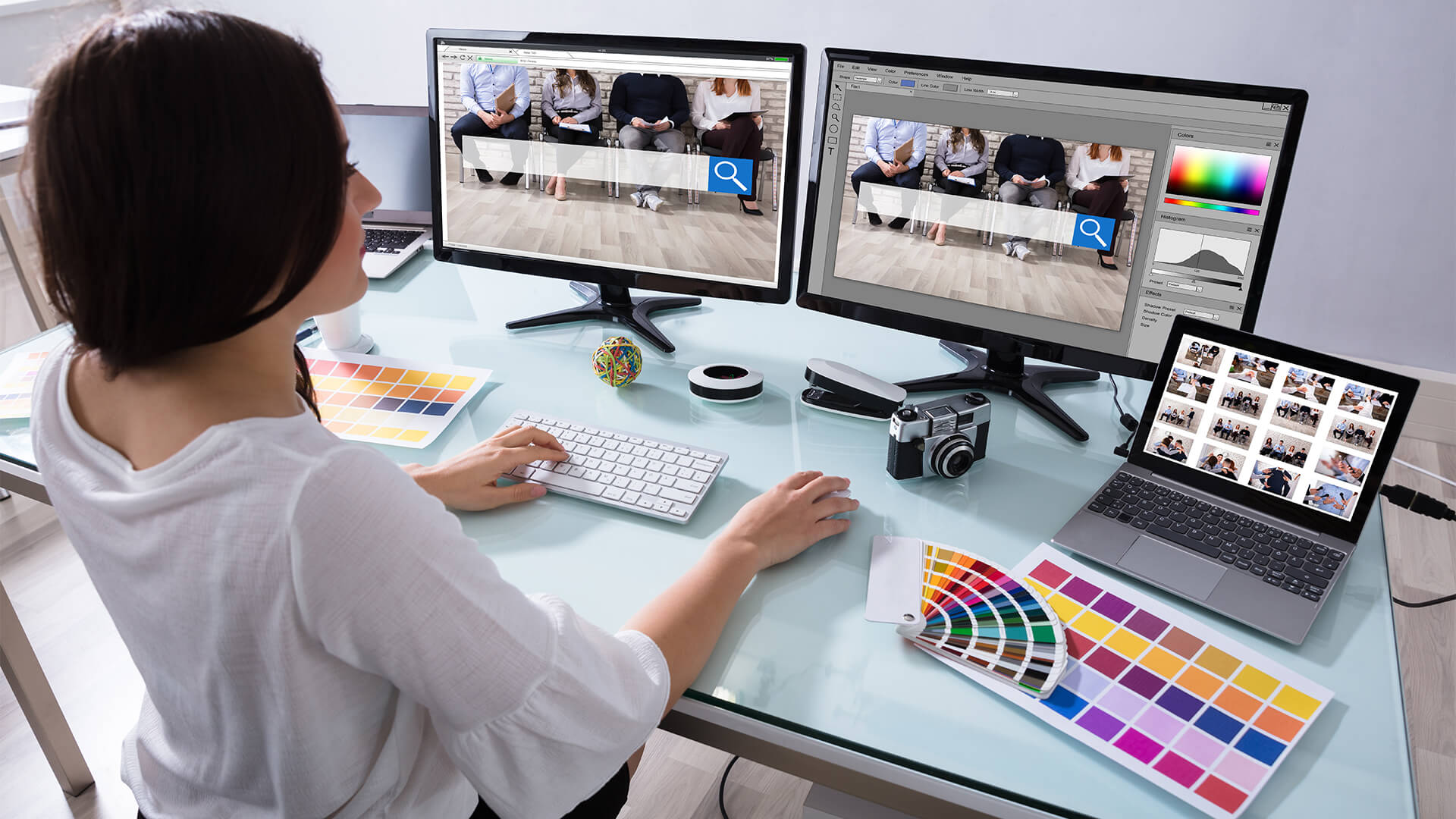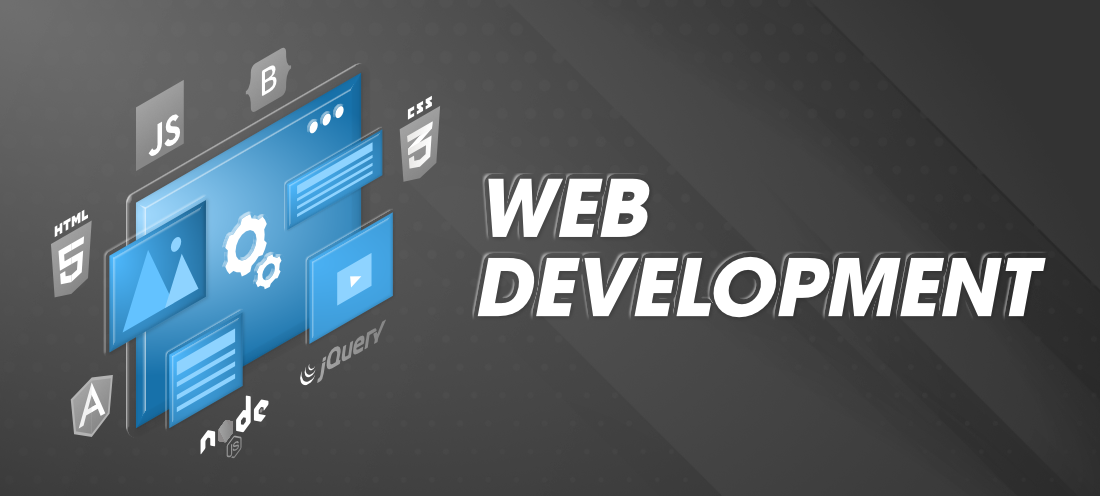All Categories
Featured
Table of Contents
- – Webdesign Designs, Themes, Templates And ... -...
- – Web Design - Wikipedia Tips and Tricks:
- – Web Design Services + Website Development Age...
- – Top Web Design Agencies Ranked - 2022 Reviews...
- – Web Development Bachelor's Degree - Full Sail...
- – Why Web Design Is Dead - - Ux Magazine Tips a...
- – The Leader In Website Design – Squarespace T...
- – Top Web Design Companies - Find Web Designer...
- – Boxcar Studio - Wordpress & Drupal Web Desig...
- – Web Design - Entrepreneur Tips and Tricks:
- – Web Design Vs. Web Development - Upwork Tips...
Webdesign Designs, Themes, Templates And ... - Dribbble Tips and Tricks:
Quick summary Usability and the utility, not the visual design, figure out the success or failure of a website. Given that the visitor of the page is the only individual who clicks the mouse and for that reason chooses everything, user-centric style has developed as a basic approach for successful and profit-oriented website design - web design frederick md.
and the utility, not the visual design, determine the success or failure of a website. Considering that the visitor of the page is the only individual who clicks the mouse and for that reason chooses everything, user-centric style has become a standard approach for effective and profit-oriented web style. After all, if users can't use a function, it may as well not exist.
g. where the search box need to be placed) as it has already been performed in a variety of short articles; instead we concentrate on the techniques which, utilized properly, can cause more sophisticated design decisions and simplify the procedure of viewing provided information. Please observe that you might be thinking about the usability-related articles we've published prior to: Principles Of Excellent Website Design And Reliable Website Design Guidelines, In order to utilize the principles properly we first require to understand how users interact with websites, how they think and what are the fundamental patterns of users' habits.
Web Design - Wikipedia Tips and Tricks:
Visitors look at each new page, scan a few of the text, and click the very first link that catches their interest or vaguely looks like the important things they're trying to find. In reality, there are large parts of the page they do not even take a look at. Most users search for something intriguing (or useful) and clickable; as quickly as some promising prospects are discovered, users click.
If a page supplies users with high-quality content, they are prepared to jeopardize the content with advertisements and the style of the website. This is the reason why not-that-well-designed websites with high-quality content get a great deal of traffic over years. Material is more crucial than the design which supports it.

Very basic principle: If a site isn't able to fulfill users' expectations, then designer stopped working to get his job done properly and the company loses money. The greater is the cognitive load and the less instinctive is the navigation, the more willing are users to leave the website and search for options.
Web Design Services + Website Development Agency Tips and Tricks:
Neither do they scan website in a linear style, going sequentially from one website section to another one. Rather users satisfice; they pick the very first affordable choice. As quickly as they discover a link that appears like it may cause the objective, there is an excellent opportunity that it will be instantly clicked.
It doesn't matter to us if we comprehend how things work, as long as we can utilize them. If your audience is going to imitate you're developing signboard, then style excellent billboards." Users wish to have the ability to manage their browser and depend on the constant data discussion throughout the website.
If the navigation and website architecture aren't instinctive, the variety of question marks grows and makes it harder for users to comprehend how the system works and how to obtain from point A to point B. A clear structure, moderate visual hints and easily identifiable links can assist users to find their path to their aim.
Top Web Design Agencies Ranked - 2022 Reviews - Clutch.co Tips and Tricks:

claims to be "beyond channels, beyond products, beyond distribution". What does it suggest? Because users tend to check out websites according to the "F"-pattern, these three declarations would be the first components users will see on the page once it is packed. Although the design itself is basic and instinctive, to understand what the page has to do with the user requires to look for the answer.
When you have actually achieved this, you can interact why the system works and how users can gain from it. Individuals will not utilize your website if they can't discover their way around it. 2. Don't Waste Users' Persistence, In every task when you are going to use your visitors some service or tool, attempt to keep your user requirements minimal.
Newbie visitors are ready to, not filling long web kinds for an account they may never utilize in the future. Let users explore the website and discover your services without requiring them into sharing private information. It's not sensible to force users to get in an e-mail address to test the function.
Web Development Bachelor's Degree - Full Sail University Tips and Tricks:
And that's what you desire your users to feel on your web site. The registration can be done in less than 30 seconds as the kind has horizontal orientation, the user does not even need to scroll the page.
A user registration alone suffices of an impediment to user navigation to reduce inbound traffic. 3. Manage To Focus Users' Attention, As websites provide both fixed and vibrant material, some elements of the interface bring in attention more than others do. Clearly, images are more attractive than the text simply as the sentences marked as bold are more attractive than plain text.
Focusing users' attention to particular locations of the site with a moderate use of visual components can help your visitors to get from point A to point B without thinking about how it in fact is supposed to be done. The less enigma visitors have, the they have and the more trust they can develop towards the business the website represents.
Why Web Design Is Dead - - Ux Magazine Tips and Tricks:
4. Pursue Feature Direct exposure, Modern website design are generally criticized due to their method of directing users with aesthetically appealing 1-2-3-done-steps, big buttons with visual impacts etc. From the design point of view these elements really aren't a bad thing. On the contrary, such as they lead the visitors through the website content in a very simple and user-friendly way.
The website has 9 main navigation alternatives which show up at the very first glance. The choice of colors may be too light. is a basic principle of successful interface style. It doesn't really matter how this is attained. What matters is that the material is well-understood and visitors feel comfortable with the way they interact with the system.
com gets straight to the point. No cute words, no overemphasized statements. Rather a cost: just what visitors are trying to find. An ideal solution for efficient writing is touse short and concise expressions (come to the point as quickly as possible), usage scannable layout (classify the content, utilize multiple heading levels, utilize visual components and bulleted lists which break the circulation of uniform text blocks), use plain and objective language (a promo doesn't need to sound like ad; provide your users some sensible and unbiased reason that they should use your service or remain on your website)6.
The Leader In Website Design – Squarespace Tips and Tricks:
Users are hardly ever on a site to delight in the style; in addition, most of the times they are searching for the details regardless of the design - web design frederick md. Make every effort for simplicity rather of intricacy. From the visitors' perspective, the very best website style is a pure text, without any ads or additional content obstructs matching precisely the query visitors utilized or the content they've been looking for.
Finch clearly presents the details about the site and offers visitors a choice of alternatives without overcrowding them with unneeded material. Not just does it assist to for the visitors, but it makes it possible to view the details provided on the screen.
Complex structures are harder to check out, scan, evaluate and work with. If you have the option between separating two design sectors by a visible line or by some whitespace, it's normally much better to use the whitespace option. (Simon's Law): the better you manage to provide users with a sense of visual hierarchy, the simpler your material will be to view.
Top Web Design Companies - Find Web Designers Here Tips and Tricks:
The exact same conventions and guidelines ought to be applied to all elements.: do the most with the least quantity of hints and visual aspects. Clarity: all parts must be created so their significance is not ambiguous.
Conventions Are Our Pals, Standard design of website components does not result in a dull website. In reality, as they decrease the finding out curve, the need to determine how things work. It would be an usability headache if all sites had different visual presentation of RSS-feeds. That's not that various from our routine life where we tend to get used to basic concepts of how we arrange data (folders) or do shopping (positioning of products).
understand what they're expecting from a site navigation, text structure, search positioning etc. A case in point from functionality sessions is to equate the page in Japanese (assuming your web users don't know Japanese, e. g. with Babelfish) and provide your usability testers with a task to discover something in the page of various language.
Boxcar Studio - Wordpress & Drupal Web Design ... - Ann Arbor Tips and Tricks:
Test Early, Test Frequently, This so-called TETO-principle must be applied to every web design task as use tests often offer into significant problems and problems related to a given design. Test not too late, not too little and not for the incorrect reasons.
Some important points to remember: according to Steve Krug, and testing one user early in the project is much better than testing 50 near the end. Accoring to Boehm's very first law, mistakes are most regular during requirements and style activities and are the more expensive the later they are eliminated.
That means that you create something, test it, fix it and then evaluate it once again. There may be issues which have not been discovered throughout the very first round as users were practically obstructed by other issues. usability tests. Either you'll be pointed to the problems you have or you'll be indicated the lack of significant style defects which is in both cases a beneficial insight for your project.
Web Design - Entrepreneur Tips and Tricks:

This holds for designers. After you have actually worked on a website for couple of weeks, you can't observe it from a fresh point of view any longer. You understand how it is constructed and for that reason you know precisely how it works you have the wisdom independent testers and visitors of your site would not have.
It can be connected to other locations such as graphic style, user experience, and multimedia arts, but is more appropriately seen from a technological standpoint. It has actually become a big part of people's daily lives. It is difficult to think of the Web without animated graphics, different designs of typography, background, videos and music.

Throughout 1991 to 1993 the World Wide Web was born. Text-only pages could be seen utilizing a basic line-mode web browser. There had actually been no integrated technique to graphic design aspects such as images or noises.
Web Design Vs. Web Development - Upwork Tips and Tricks:
The W3C was produced in October 1994 to "lead the World Wide Web to its complete capacity by establishing common procedures that promote its development and guarantee its interoperability." This prevented any one business from monopolizing a propriety browser and programs language, which might have modified the effect of the Internet as a whole.
As this has occurred the technology of the web has also moved on. There have actually also been considerable modifications in the way individuals utilize and access the web, and this has actually changed how sites are developed. Because the end of the internet browsers wars [] brand-new browsers have been launched. Many of these are open source indicating that they tend to have faster development and are more encouraging of new requirements.
Learn more about Lovell Media Group LLC or TrainACETable of Contents
- – Webdesign Designs, Themes, Templates And ... -...
- – Web Design - Wikipedia Tips and Tricks:
- – Web Design Services + Website Development Age...
- – Top Web Design Agencies Ranked - 2022 Reviews...
- – Web Development Bachelor's Degree - Full Sail...
- – Why Web Design Is Dead - - Ux Magazine Tips a...
- – The Leader In Website Design – Squarespace T...
- – Top Web Design Companies - Find Web Designer...
- – Boxcar Studio - Wordpress & Drupal Web Desig...
- – Web Design - Entrepreneur Tips and Tricks:
- – Web Design Vs. Web Development - Upwork Tips...
Latest Posts
Web Design Museum 1991 – 2006 Tips and Tricks:
Web Design Services - Verizon Small Business Essentials Tips and Tricks:
Web Design Services - Networksolutions.com Tips and Tricks:
More
Latest Posts
Web Design Museum 1991 – 2006 Tips and Tricks:
Web Design Services - Verizon Small Business Essentials Tips and Tricks:
Web Design Services - Networksolutions.com Tips and Tricks: